This morning I awoke at 3 am. I had just had a dream about an experience at my store from about 32 years ago when I compared a B&O turntable against an audiophile turntable system that cost over five times as much. I will describe that later. Then my mind drifted to cartridges I had forgotten about when I was making a list for this series of articles. That progressed to well-known moving coil designs that were produced by other companies and re-badged by their importer. Cartridges that came to mind were the Monster Cable Alpha Genesis 1000, AudioQuest MC404 and the Win Labs Strain Gauge cartridge. Then I started to recall some favorite cartridges of mine over the last 50 plus years.
Needless to say, it took me a while to fall back asleep. The one good thing that came out of this was it kicked me in the butt to start writing this article.
Here’s the B&O story. Thirty years ago, I was a Bang & Olufsen dealer. I remember at the time I read an article that claimed that the B&O tables performed well beyond their price range, so I took a B&O BG3400 (it might have been a BG 3402) with an MMC20EN cartridge and set it sitting slightly askew on top of an electronics stack and set up a comparison between the B&O and a Systemdek IIX table with an Audiocraft AC-300 tonearm and a Ortofon MC20 MKII cartridge with a MCA-76 Moving Coil preamp. We set up a blind test and myself and all my salesmen gathered in the sound room for a listen. The result was surprising.
In fact, the B&O performed surprisingly close to the Systemdek/Audiocraft/Ortofon MC20 combo.
This being my third article in the series, I decided to touch on some of the cartridges I felt significant for one reason or another, in no particular order. At the end is the list I compiled. The following are my musings on some of my favorites.
Denon DL-103D
This low-output moving-coil cartridge was originally introduced in 1962 as a basic DL-103 with a 0.5-mil spherical tip, or the DL-103S sporting a Shibata tip. I bought a conical version back in 1977 and have used variations of the design over the years. I was irritated when Denon decided to stop doing body credits for trade-in once a cartridge is ready for replacement. I believe this was very short sighted of them, however considering the low price in regards to performance I have forgiven Denon for their short-sightedness. Some variants included the S, LS, SA, M and R.
The SA version differs from the other variations of the Denon 103 in the form of a smaller, rounder body made from glass fiber with resin, slightly higher output, gold pins and gold plated screws. The 103R had a black body and the ‘SA’ version was blue. However both used a spherical diamond. Both the “SA” and ‘R’ over the standard 103 used 6N Linear Crystal OFC copper wire. Also the ‘SA’ shipped in a fancy mahogany box with a spare set of gold plated screws. The owner’s manual for the DL-103SA claimed the screws would improve the sound. Denon supposedly only produced 2000 of the 103SA.
Over the years the line included the Denon DL-102, DL-103, DL-110, DL-301 II, DL-304, DL-S1 and the DL-A100. Hopefully I haven’t missed many of their Moving Coil cartridges. For this article I am ignoring their MM designs. My recollection is they have always had AT build their MM line for them.
Denon discontinued cartridges for a short period of time, but because of consumer demand changed their mind and brought the line back and currently offer the DL-301MKII, the DL-101, the DL-103 and DL-103R, which is their top of the line.
ADC ZLM III
These were built for the super light arms of the ’70s like ADC’s own arm, called the Infinity Black Widow, or the Grace 707 arm. This cartridge tended to be bouncy if mated with the wrong arm — a warp would launch them toward the roof — so if you weren’t using a low mass arm performance would be disappointing. If matched well, their ability to pull out every instrument in the mix was uncanny. ADC, short for Audio Dynamics Corporation, was founded by Peter Pritchard in the early 1960s. The design was similar to what Grado and Bang & Olufsen were doing in that they all shared the “Induced Magnet” technology, a derivative of the older GE variable reluctance cartridge,which was invented by Peter Pritchard when he worked at General Electric years earlier. ADC cartridges are best known for their high compliance and low tracking force. Some of their other models included the ADC-10, ADC-25 and XLM cartridges. After the sale of ADC in the 1970s, Peter Pritchard formed Sonus and produced the Sonus line of reference quality cartridges. Regrettably both ADC and Sonus are no longer available.
Micro Acoustics 3002e. One of my all-time favorite non-Moving Coil designs. Micro Acoustics was founded by Arnold Schwartz and Sanford Drelinger with a patent date of April 20, 1976. Their first design was the 830CSA Electret in 1984.
The Micro Acoustic cartridges were unlike other cartridges in that they were electret based. Basically, a piezoelectric element (10) directly coupled to the back of the cantilever (6). To my understanding, MA cartridges were the only cartridges that used a solid state circuit (11) directly driven by the moving electret assembly(8). They were high compliance, very light (5g), and quite detailed with a very flat frequency response. My understanding was they claimed to be the only cartridge capable of reproducing a square wave. Micro Acoustics has been out of business for decades, but some people, including me, have been hoarding the cartridges. I personally own five, two of which I had rebuilt; I currently use an MA3002. I also have a QDC-1e and 2002. I find them to be competitive with the best of the Moving Coil cartridges of today.
The original Koetsu Rosewood was introduced to America back in the late 1970s for the price of $800, at the time considered an outrageously high price for a phono cartridge. The Koetsus were all hand built by company founder Yoshiaki Sugano. The Rosewood was capable of achieving performance significantly better than the majority of competitive audiophile cartridges at the time. It had very low distortion with harmonic richness, harmonic complexity, and a remarkably stable, three-dimensional image. I also seem to recall it being one of the first wood body designs. There came a time after Yoshiaki Sugano died that the future of the company was at risk, but his son Fumihiko stepped up and continued production.
Today the company continues to produce some of the world’s finest moving coil cartridges.
Stanton 681EEE
Stanton was founded in 1946 by Walter Stanton. He is credited with being the inventor of the first user-replaceable stylus and was one of the first designers to produce a magnetic phono cartridge. We take for granted the ability to replace the stylus of magnetic cartridges but that was not always the case. It was the development of user-replaceable styli that made it possible for consumers to replace a stylus in the field and not have to return it to the factory for repair. Stanton cartridges are also some of the most rugged of all cartridge designs. Years ago, I was attending a cartridge clinic when I witnessed a speaker falling several feet from the test bench, crushing a Dual 1219 turntable with a 681EE cartridge mounted. The cartridge was physically smashed through the test record, destroying the turntable. When the technician examined the Stanton, he determined it was still good. They remounted it on a new turntable and sent the owner on his way.
Dynavector 17D and its little brother the 23R. Although the 23R is no longer manufactured, the KARAT 17D3 Diamond is still in production. Dynavector was founded in 1975 by Dr. Noburo Tominari. His first cartridge innovation was in production techniques with a new winding machine, which helped make high-output MC cartridges affordable. His first high output moving coil cartridge was the Dynavector 10x, which I used to sell for $100 back in the ’70s. Today it’s a 10X5 MK2 selling at five times that amount; it is still considered an exceptional performer for the money.
What was unusual about the 17D is it used a solid diamond cantilever with a nude multi-radial diamond stylus. In 1979 Dynavector’s DV/KARAT DIAMOND and RUBY appeared on the market as the first products using their unique technology that minimizes cantilever vibration by utilizing a much shorter cantilever, which also extends frequency response up to 70 kHz.
I have always loved the sound of the Dynavectors, which I find are detailed and musical, with excellent soundstaging.
Decca Gold
The Decca cartridges are one of the oddest designs I have ever used. During WWII, the British government commissioned Decca to produce a system to distinguish British submarines from German ones, which, post-war, resulted in Decca’s ffrr (full frequency range recording) system. Then in 1974, Decca introduced the London Blue conical cartridge and two years later the Gold elliptical. Looking at the cartridge design one can see the diamond is mounted at the end of a nearly-vertical cantilever that emerges through the lateral coil and magnet and sits below the vertical coil and magnet. This design requires a very high mass tonearm with an extremely stable bearing assembly. The advantage is a nearly direct-coupled design. The unusual shape ensures absolute rigidity in both vertical and horizontal planes, which is essential to control resonances in the audible audio range.
Ortofon SPU
The SPU was the very first production moving coil cartridge in Europe, and it was an integrated headshell and cartridge design. Based on Bang & Olufsen’s patents, Ortofon introduced the SPU in 1958. (SPU stands for “stereo pick-up.”) Quite an achievement for the day. This is the longest continuous production of any phono cartridge in history. Even 62 years after its introduction the SPU is still in demand. Ortofon even makes a monaural version.
I will be continuing with a fourth segment soon. If my readers are interested in a particular cartridge or manufacturer please send me a request and I will do my best to satisfy any requests.
Classic Cartridge List:
| Acutex 320 III STR |
| ADC XLM |
| Bang & Olufsen MMC-20CL |
| Bang & Olufsen SP10 |
| Decca Blue / Gold |
| Denon DL-103 |
| Dynavector 23R Ruby |
| Elac STS222 |
| Empire 888 |
| Empire 1000ZE/X |
| Fidelity Research FR-3F |
| Grado FCE+1 |
| Koetsu Rosewood |
| Linn Asak |
| Madrigal Carnegie One |
| Micro Acoustics 3002 |
| Micro Acoustics QDC-1e |
| Monster Cable Alpha Genesis 1000 |
| Nagaoka MP-11 |
| Nagatron 360CE |
| Ortofon MC20 series |
| Ortofon SPU |
| Panasonic Strain Guage |
| Pickering XV-15 1200E |
| Shure V15 Type III, IV, V |
| Signet MK55E |
| Sonus Blue |
| Sony XL-MC3 |
| Stanton 681EE |
| Sumiko Talisman S |
| Supex 900E |
| Supex SDX-2000 |
Copy editor: Dan Rubin
- (Page 1 of 1)

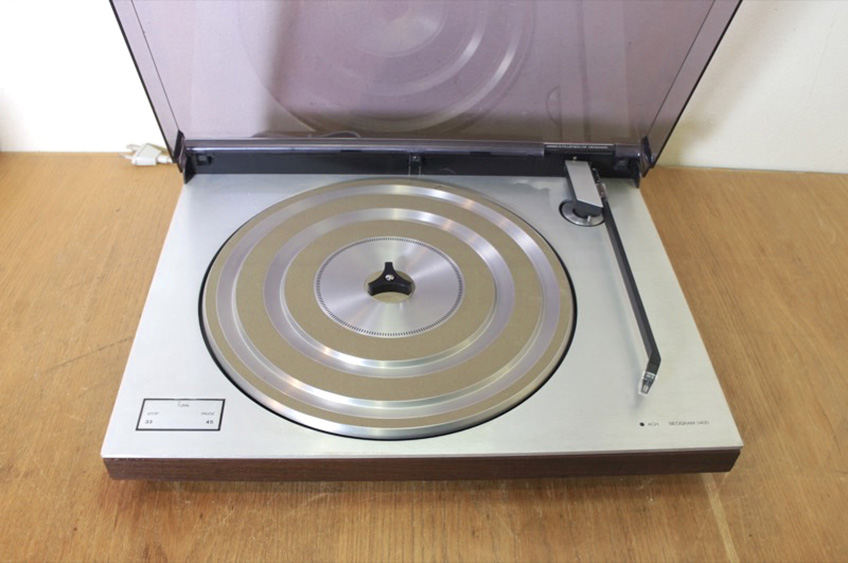
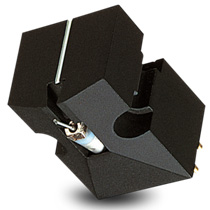
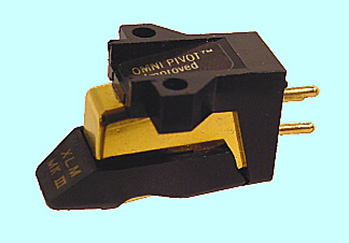
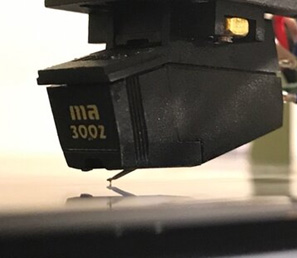
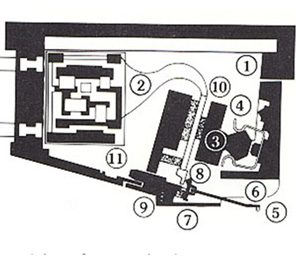
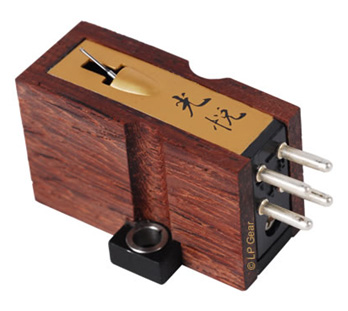
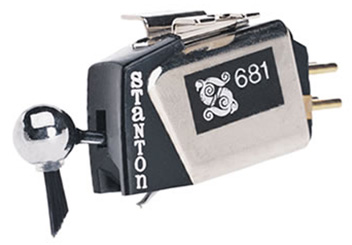

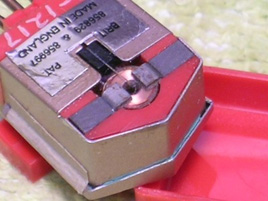
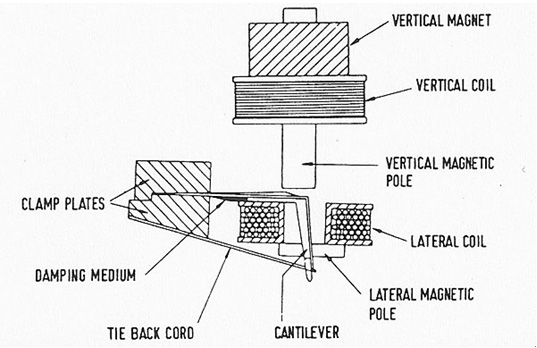
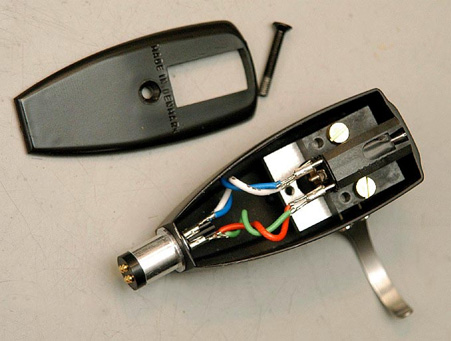
Your section on the Denon 103 uses a picture of the 103D, but no mention of the 103D is included in the company/cartridge description. The 103D was available for a short period of time in the late 70’s-early 80’s. It was designed with an extremely wide FR, to be capable of use with Quad and other HF subcarrier encoded LPs. Used as a basic MC stereo cartridge the sound is superb, as you would expect.
Your write up of the Ortofon SPU is not quite correct. The SPU is a stereo version of their first MC cartridge, introduced in 1947. The later was the first MC cartridge produced by a European manufacturer, and has been in production since 1947. The current version is designated CD25 DI MKIII, and is a true mono (single coil) MC.
Thanks for your comments. I am working on a article just on Ortofon and will expand on the history of the SPU in that article.
Also Denon produced a 305 with a beryllium shaft. Quite nice. Thank you for this journey down memory lane with a wide view of many famous products
Great read! I’ve had several. The original ADC XLM was unparalleled. I am still using a MK3 version. I also had the Sonus Blue…a couple of them over the years. And a Pickering XV15 something.
Thanks for the memories!
I worked for a broadcast audio company in Canada. We had a lot of contact with Stanton in the late ’70’s. I was sent to their factory with a prototype preamp for the CBC. Their Chief Engineer was George Alexadovich. I had many conversations with him about cartridge design. I believe he is still living. The AES could give you contact info. I was Chief Engineer for a couple of radio stations in the late 1960’s. We had Shure M44 cartridges. They sounded good but were easily damaged due to the long stylus shank length. Stanton came out with a marketing scheme for the Stanton 500 cartridge. Send in your old cartridge and $15.00 and they would send you a new 500 cartridge and 3 spare styli. Shure had no discount for broadcasters for styli, Ibelieve they were around $15.00. Stanton would sell you new styli from the factory at $5.00. Inside of 2 years, 80% of radio stations were using the 500. The 500 didn’t need the high value of parallel capacitance for flat response. Our FM station used the 681se as it had good sound and would work in the Gray Microtrak tone arms popular in broadcast stations at the time. If you could find George or someone left from the Long Island factory days, the history would be very interesting. Another individual would be Pete Bidwell who was their sales manager for many years.
Thanks
Good to see these kind of articles. As a Denon DL fanboy, I own both the 103r and the 103D. I’m pretty sure the Denon cart pictured is not a 103D. Unless there was a later color change, I’ve only seen it produced in the blonde body.
I am glad you included the Micro Acoustics cartridges, they also made loudspeakers (which landed them in a lawsuit with Bose) and were a major supplier of cutting styluses (chisels).
A slight error, the 830CSA was the last cartridge they made, I had one but foolishly parted with it in the early 90s for, I will admit, a lot of cash. Mine must have been one of the last made as people I know who ordered them a couple of weeks later were too late, the company was gone. I still have a MA630 with an almost mint stylus (original replacement bought with the cartridge). These were extraordinary cartridges with fantastic “dynamics”. This cartridge was/is mostly used with a Pioneer PL-L1000A (one of a matched pair of those TTs). The MA cartridges were named after the model BMWs that the campany’s owners had at the time. Unfortunately, these cartridges are probably one of the most mechanically complex cartridges ever made and used a large number of tuned dampers, and complaint masses to get the dynamics of the cartridge just right. They can’t have been cheap to manufacture, and i would think that the possibility of deterioration of the dampers is quite high 0ver a period of up to 40+ years. The patent papers are unusually readable and quite informative
The sound system in the living area uses a B&O Beogram 4002 with MMC20CL which I have also had since new. The MMC20Cl is another great cartridge as are the late MMC1,2,3,4 series.
I am surprised that you did not include Technics in your articles, some of their innovations were astonishing, tiny moving masses, grown Boron tube cantilevers, unique magnetic circuit designs. Admittedly, they did not always create a trend, AFAIK even today you just cannot get a Boron tube cantilever.